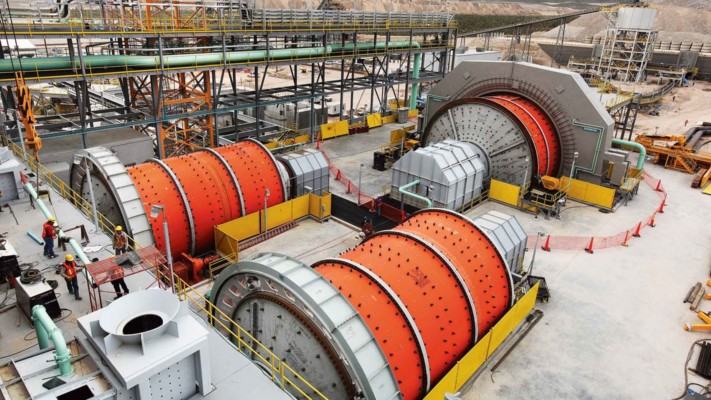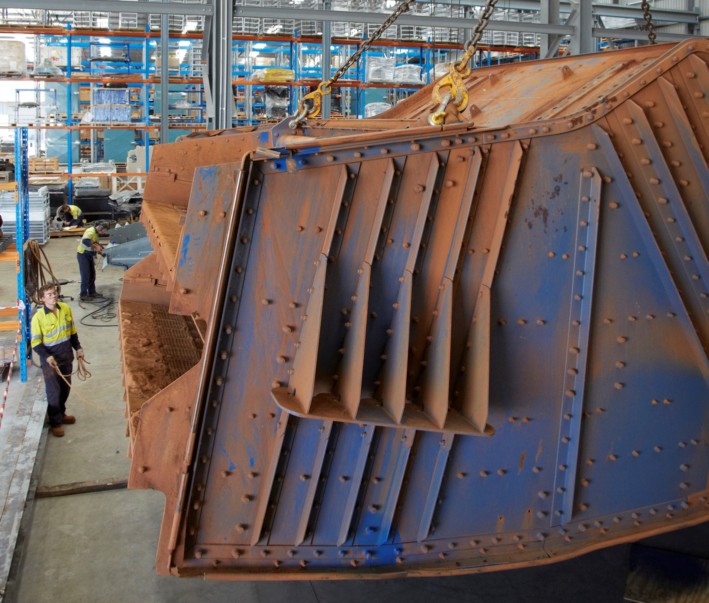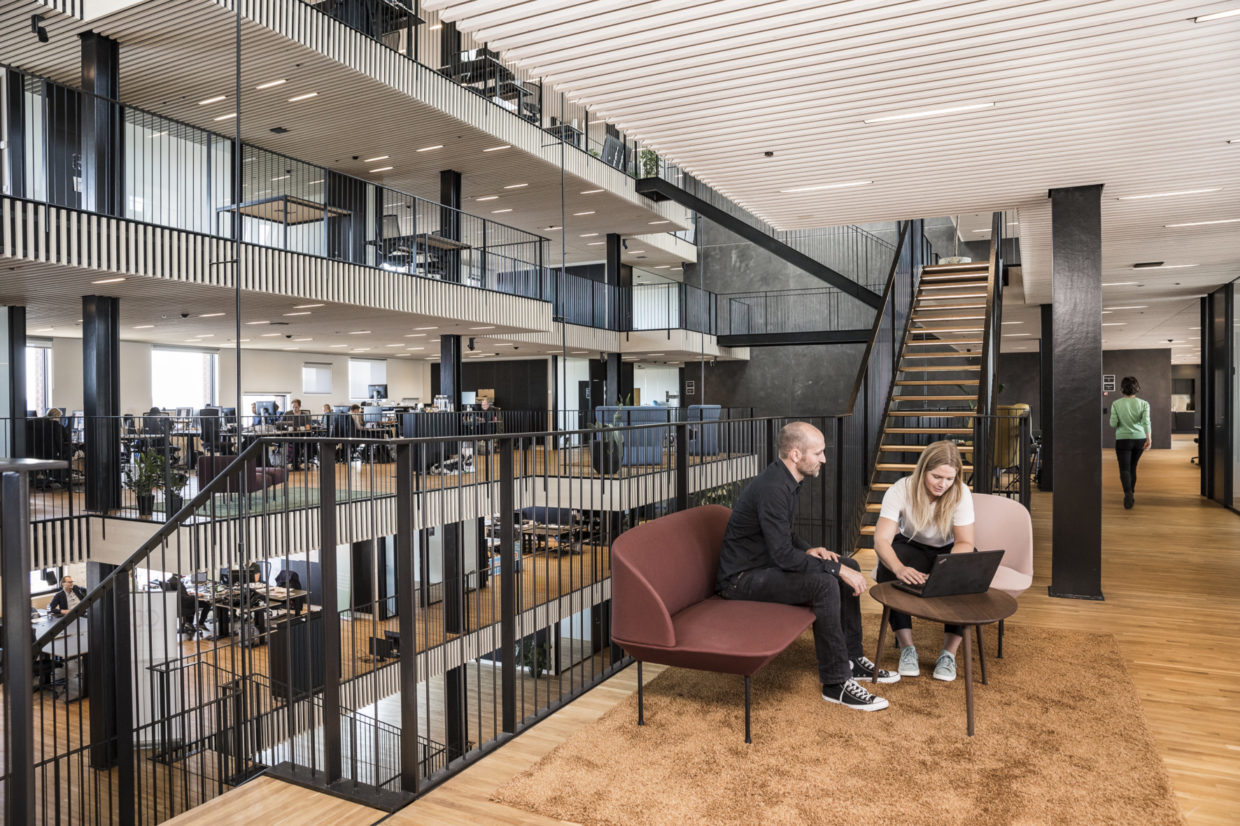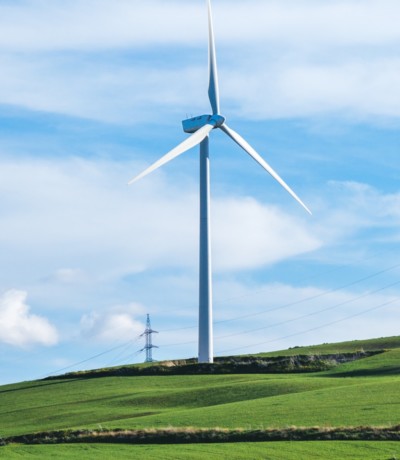
FLSmidth delivers productivity to the mining and cement industries through engineering, equipment and service solutions. They hold a premium position in the market, with a 100+ year history serving customers in 100+ countries with full flow-sheet solutions.
A core component of FLSmidth’s strategy is to be the leading sustainable productivity provider. As such, our objective was to define a balanced portfolio of innovation opportunities across Mining and Cement that supported the exploration and growth of sustainably-led, digitally-enabled services.
28
Opportunity Spaces evaluated
6
Business cases produced
18
Roadmaps for Business Units
$3.25b
Revenue + cost savings identified by 2025


The Challenge
The mining and cement industries are highly cyclical, suffering from shrinking margins during economic downturns and an intense pressure to be as productive as possible. This results in greater competition between players and a drive to compete on price. Cost pressures from a global bust period, coupled with maturing equipment businesses in Asia, is increasing the intensity of price competition. This is particularly true for turnkey projects and equipment (commoditized products); areas where FLSmidth have traditionally been strong performers.
Today, FLSmidth’s customers are focused on increasing efficiencies and yielding value from data. We know that digitization within the industry has the potential to deliver significant savings, backed by the fact that industry agnostic digital players are starting to challenge OEMs like FLSmidth in bids for data integration contracts. Amazon, Siemens and Rockwell are among those non-traditional competitors winning work to aggregate and house data across equipment and activity for FLSmidth’s clients.
Another layer to consider is that customers, civilians, governments and investors are increasingly demanding high sustainability standards. For cement and mining operations this means using less water, eliminating carbon emissions and doing no harm to the ecology of sites. In the near future, if businesses and products fail to meet standards this may mean running afoul of regulation or losing customers. As an industry standard, the Paris Agreement saw more than 190 signatory states agree that cement industry carbon emissions must fall by at least 16% by 2030.
These challenges: serving customers, driving the digital agenda, and leading the way on sustainability solutions combined to form the ultimate question: can we identify new areas of growth that leverage a legacy of industrial expertise through new technology and business models?
Our answer to this question was the definition of an innovation portfolio that supported the exploration and growth of sustainably-led, digitally-enabled services.

Identifying opportunity spaces that FLSmidth is best positioned to own
Rainmaking started by creating a broad picture of the cement and mining industries; examining the drivers, trends and implications, threats and opportunities within, with startup examples of these in practice. Understanding these industry forces enables us to map the current value chain and reimagine this system as an industry stack, evolving into a future value chain over the next 10+ years. With an understanding of each industry at a macro level, we then examined how startups are responding. Understanding both perspectives allows us to identify macro-level themes, along with focus areas, to contrast with the more granular opportunities we see in startup solutions.
Once we knew the initial set of opportunity spaces, we wanted to know which were most relevant to FLSmidth. Through this we explored and discussed the critical challenges facing FLSmidth and startups we see solving those. It’s important we covered priorities for FLSmidth heading into the opportunity assessment phase. In assessment of the initial 28 opportunity spaces discovered, we used a scorecard for each, an initial prioritisation criteria, and a recommendation on how and/or if FLSmidth should engage in each opportunity. The result was a recommended set of 13 priority opportunity spaces to investigate further. Assessed in greater depth using Rainmaking’s impact versus feasibility framework and discussed during a workshop with the project team. The aim was to discuss and leverage feedback to make a decision on which opportunity spaces should be selected to move to the next phase of the project.
The workshop, along with all previous research, enabled us to define FLSmidth’s innovation thesis. It outlined three paths of growth – the direction of innovation that could be pursued for opportunities that had overlapping capabilities. The thesis, growth paths, and assessment of opportunity spaces outlined the final 6 priority opportunity spaces.
Innovation strategy needs to be actionable, beyond a plan, so we developed a view of go-to-market roles for FLSmidth along the customer journey in each opportunity space. Every role went through an assessment criteria to define which three roles for each opportunity space were the most strategically and commercially aligned to FLSmidth. Each role included a possible engagement brief, whether that be an internal build, collaboration, or new venture.
To support FLSmidth in integrating the opportunity spaces, we constructed a business and investment case for each. This business case examined the industry problem, customer needs, competitive landscape, potential FLSmidth solutions, multiple business models, commercial models, capabilities required, and a roadmap to engage in that opportunity with a time horizon, engagement method and investment options.

Building a balanced innovation portfolio
In 12 weeks, Rainmaking worked with FLSmidth to craft a balanced innovation portfolio that aligned to their strategic objective of being ‘sustainable productivity provider #1’.
Using the Compass we created for FLSmidth, we identified and assessed 12 focus areas and 28 opportunity spaces. After a thorough assessment period, this resulted in an innovation portfolio of six opportunity spaces. Defining an innovation thesis for FLSmidth outlined the guiding principles of innovation, accounting for internal and external assessment. We then ensured this portfolio aligned to the thesis and could be integrated internally through building a robust business and investment case for each opportunity. The business case outlined the competitive landscape, opportunity gap, go-to-market roles, business model, capabilities to be built, and upside against investment.
The portfolio contained a cumulative revenue opportunity of $3.25bn over five years. Along with an execution roadmap outlining how this could be achieved through 18x go-to-market roles and engagement methods. Each engagement method states whether capabilities would be best gained through internal build, external collaboration, or new venture. The recommended starting point to begin driving step-change growth: 3x proof of concept pilot tracks.

